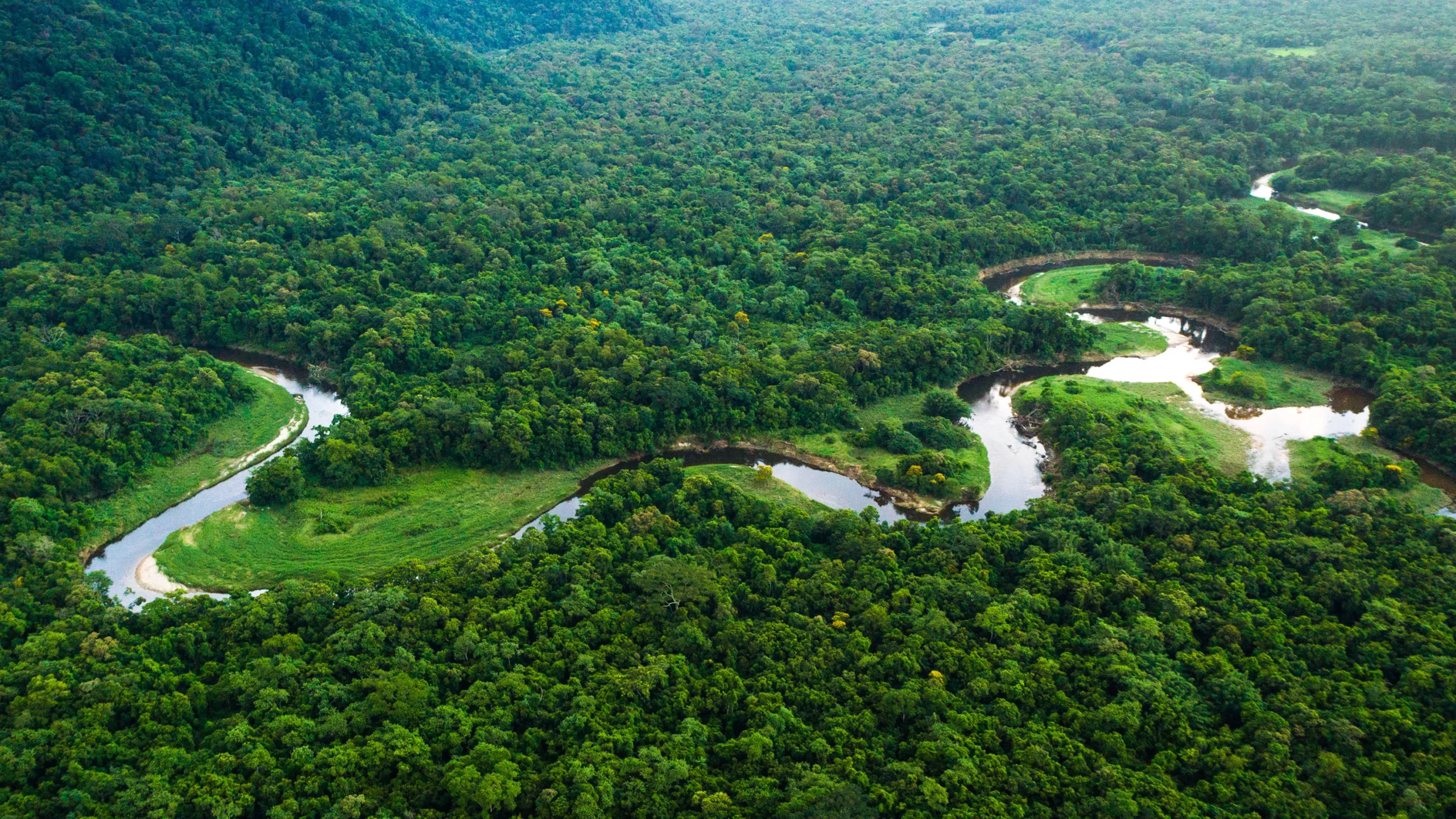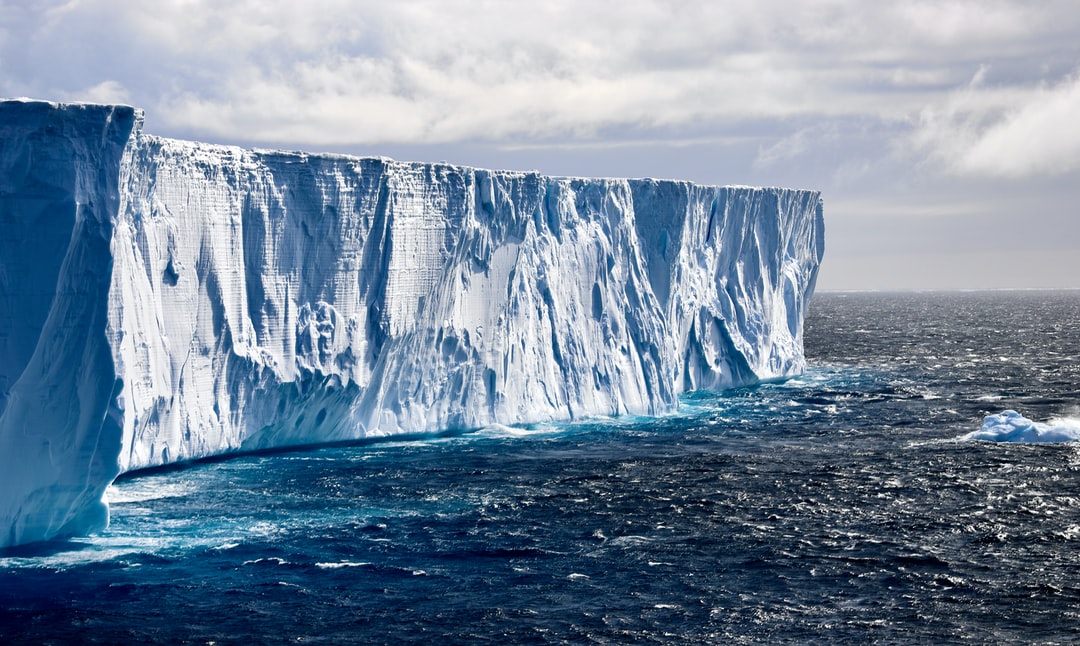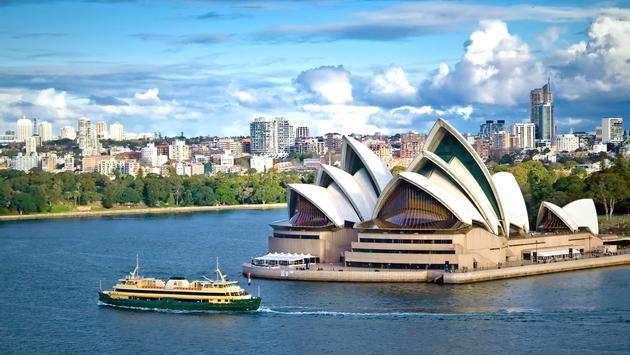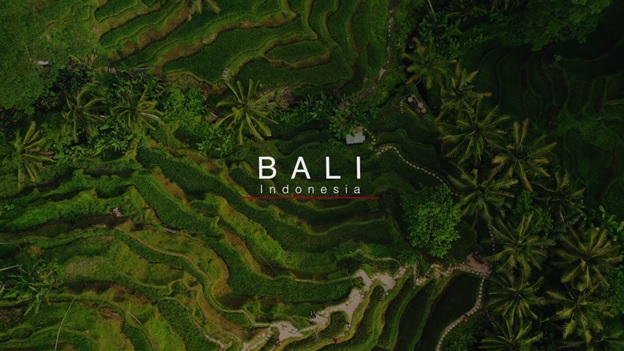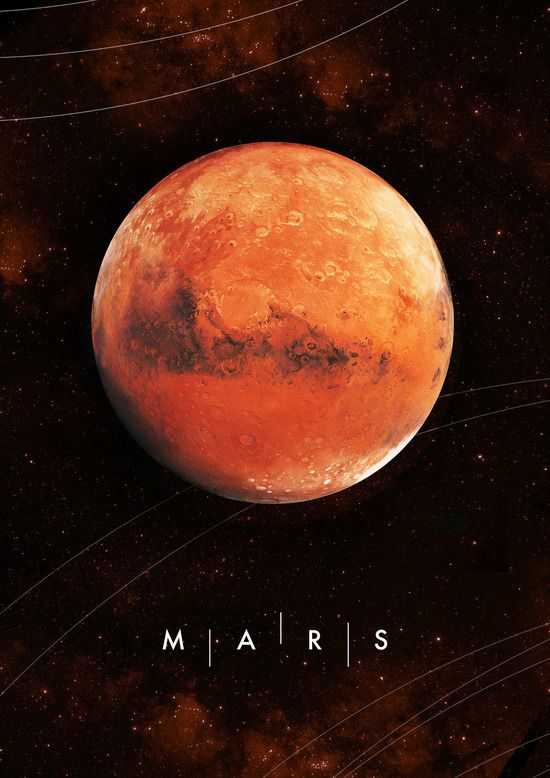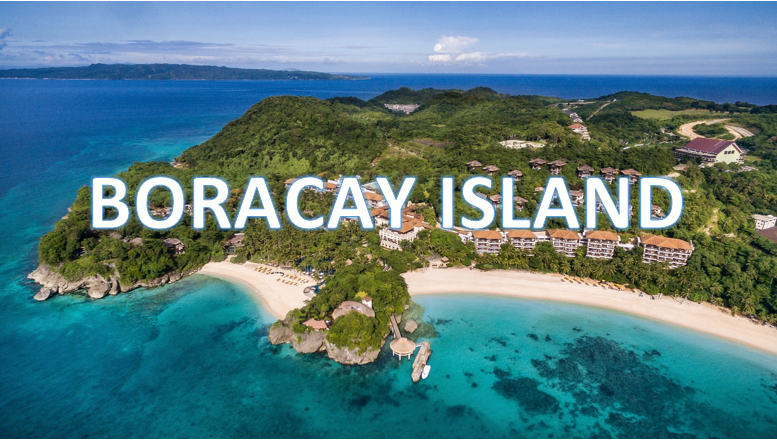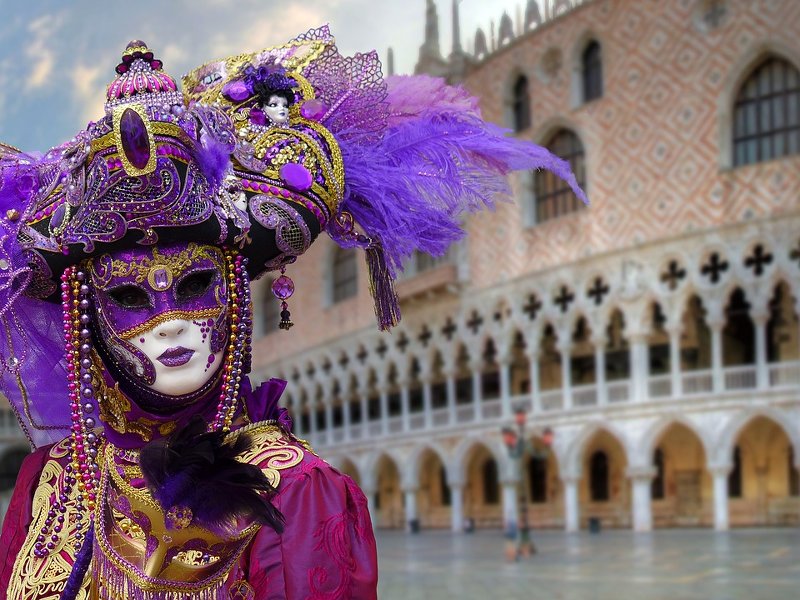Category: Landscape
The Maldives

The Maldives is famous around the world for its pristine waters and white sand. Every tourist around the world dreams of going there for their honeymoon or beach getaway. The Maldives has left a mark on the heart of those who want to travel there and those who havent. The place does not only boast itself for its unworldly natural beauty; but also for its top-notch hotel services and amenities. It has proven itself to be one of the most wanted travel destinations in the whole world.
You’ve seen pictures of the Maldives before: picture-perfect private villas suspended over azure waters, alabaster white sand beaches, and spectacular sunsets dipping below the horizon. The scenic beauty of the Maldives is a sight to behold, something you cannot fully appreciate until you visit.

The island nation of the Maldives is well-liked by honeymooners seeking seclusion and scuba divers and snorkelers seeking to explore the depths of the ocean. All visitors must spend a full day exploring Malé, the capital of the Maldives. Also spectacular are the hotels in this region, which range from underwater hotels to overwater bungalows to incredibly beautiful resorts. However, patience is required to reach and remain in this tropical paradise.
The Maldives officially the Republic of Maldives and also known as the Maldive Islands is an island nation in the north-central region of the Indian Ocean. The country’s islands stretch more than 510 miles (820 km) from north to south and more than 80 miles (130 km) from east to west. 600 kilometers (370 miles) to the south-southwest of the Indian mainland is the northernmost atoll. It consists of clusters, or atolls, of approximately 1,200 small coral islands and sandbanks (200 of which are inhabited).

Land
The Maldive Islands are a collection of coral atolls constructed from the crowns of ancient submerged volcanic mountains. None of the islands rise above 6 feet (1.8 meters) above sea level. The barrier reefs shield the islands from the monsoon’s destructive effects. From May to August, the southwest monsoon brings rain; from December to March, the northeast monsoon brings dry and mild winds. The average annual temperature ranges between 76 and 86 degrees Fahrenheit (24 and 30 degrees Celsius). Annual precipitation averages about 84 inches (2,130 mm). The atolls have sand beaches, lagoons, abundant coconut palms, breadfruit trees, and tropical bushes. The reefs, lagoons, and seas surrounding the islands are teeming with fish and sea turtles.
People
The majority of the Maldivian population belongs to the Maldivian ethnic group, which is the result of successive waves of immigration to the islands throughout the country’s history. It is widely believed that the first settlers were Tamil and Sinhalese people from southern India and Sri Lanka. Throughout the centuries, Arab nations, Malaya, Madagascar, Indonesia, and China sent merchants to the islands. The official language is Dhivehi (or Maldivian), an Indo-European language; Arabic, Hindi, and English are also spoken. Islam is the official faith.
More than fifty percent of the population resides in rural areas. The inhabitants of the Maldives, with the exception of those living in Male, the only relatively large settlement in the country, reside in villages on small islands in dispersed atolls. The southern islands are more densely populated than the northern ones, with only about 20 of the islands having more than 1,000 inhabitants. The Maldives have a slightly higher birth rate than the global average, but a lower death rate. More than twenty percent of the population is under the age of fifteen. It is approximately 74 years for men and 79 years for women.

The History of the Maldives
Buddhist peoples, most likely from Sri Lanka and southern India, inhabited the archipelago as early as the fifth century BCE. Tradition holds that Islam was adopted in 1153 CE. Ibn Baah, a renowned North African traveler, stayed in the Maldives in the middle of the 1300s. He commented negatively on the freedom of women, a trait that has persisted throughout Maldivian history.
From 1558 until their expulsion in 1573, the Portuguese occupied Male against their will. In the 17th century, the islands were a sultanate under the protection of the Dutch rulers of Ceylon (Sri Lanka). Following the British conquest of Ceylon in 1796, the islands formally became British protectorates in 1887. Prior to 1932, most administrative powers were held by sultans or sultanas. The country remained a sultanate despite the proclamation of the first democratic constitution. A republic was declared in 1953 but the country reverted to a sultanate later that same year.
In December of 2004, a large tsunami caused by a massive earthquake off the coast of Indonesia in the Indian Ocean devastated the Maldives. This incident caused many death and the destruction of many establishments.

Best Times to Travel
From November to April is the best time to visit the Maldives. The island nation has a year-round warm and sunny climate, as well as a dry season and a wet, rainy season. There are benefits and drawbacks to traveling in each season. Between November and April, travelers will enjoy the best weather in the Maldives due to the lack of precipitation and warm temperatures. Unfortunately, this is also the busiest time of year, so resort room rates are higher than usual.
The rainy season occurs from May to October. During this time the islands receive between 5 and 10 inches of precipitation per month and frequently experience strong winds. This time of the year is likely to offer better deals to visitors (though, the term “deal” is relative, since the Maldives is a pricey location year-round). Nevertheless, this time of year is popular with surfers because the region experiences larger waves and better swells during these months.
What is the Maldives’ average temperature?
The average annual temperature in the Maldives ranges between 24 and 30 °C (76 and 86 °F). The rainy season is from May to August, and the northeast monsoon brings dry and mild winds from December to March.

What is the Maldives’ official language?
The official language of Maldives is Dhivehi, an Indo-European language (Maldivian). Other languages widely spoken are Arabic, Hindi, and English.
Needless to say, because of its breathtaking beauty going to this place has been part of peoples bucket lists. Although going to the Maldives can be quite expensive, this did not many people going there. In fact, many saved up just to see the wonders this place could bring. Truly, one of the most beautiful places here on earth.

